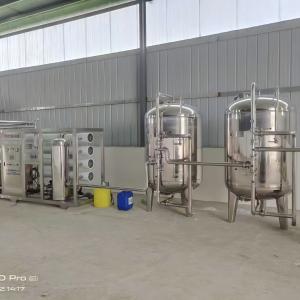Cost-Efficiency Strategies for Polycarbonate Greenhouse Manufacturers in China
As China emerges as a leading player in the production of polycarbonate greenhouses, manufacturers are continually seeking ways to optimize production costs without compromising quality. In this article, we will explore some key insights into the cost-efficiency strategies employed by Chinese greenhouse manufacturers.
1. Economies of Scale
Chinese manufacturers capitalize on the country's large-scale production capabilities. By producing a high volume of polycarbonate greenhouses, they can benefit from economies of scale, reducing the cost per unit. Bulk purchasing of raw materials and components further contributes to cost savings.
2. Lean Manufacturing
Lean manufacturing principles are widely adopted in Chinese greenhouse production facilities. This approach emphasizes the elimination of waste and inefficiencies in the production process. Through streamlined workflows and reduced resource wastage, manufacturers can significantly lower operational costs.
3. Localization of Suppliers
Many Chinese greenhouse manufacturers strategically source materials and components locally. This reduces transportation costs and minimizes lead times, enabling just-in-time inventory management. Localization also fosters stronger supplier relationships, potentially leading to better pricing agreements.
4. Technological Advancements
Investment in cutting-edge technology and automation plays a crucial role in cost-efficiency. Automated production lines increase efficiency, reduce labor costs, and minimize errors. Additionally, the use of advanced machinery allows for precise cutting and shaping of materials, reducing material waste.
5. Sustainable Practices
Sustainability and cost-efficiency often go hand in hand. Chinese manufacturers are increasingly adopting sustainable practices that not only reduce environmental impact but also lower operational costs. These practices include energy-efficient greenhouse designs, recycling programs, and water conservation measures.

6. Research and Development
Continuous research and development efforts help manufacturers identify innovative cost-saving solutions. This may involve exploring alternative materials or designing more efficient greenhouse structures that require fewer resources.
7. Skilled Workforce
Chinese greenhouse manufacturers prioritize the training and development of their workforce. A skilled workforce is more efficient, leading to reduced production time and costs. Additionally, well-trained employees are better equipped to maintain high product quality.
8. Quality Control
Effective quality control measures prevent costly defects and rework. By identifying and addressing quality issues early in the production process, manufacturers can avoid costly disruptions and maintain a high level of customer satisfaction.
9. Market Diversification
Diversifying their product offerings allows manufacturers to leverage existing capabilities for different markets. This minimizes the risk associated with fluctuations in demand for specific greenhouse models and can optimize production capacity utilization.
10. Strategic Partnerships
Collaborations and partnerships within the industry can lead to shared resources and reduced costs. Manufacturers can join forces with suppliers, research institutions, or other industry players to collectively explore cost-efficient solutions.
In conclusion, Chinese polycarbonate greenhouse manufacturers have developed a range of strategies to optimize production costs while upholding quality standards. These strategies encompass various aspects of production, from sourcing materials locally to investing in advanced technology and sustainable practices. As China continues to be a major contributor to the global greenhouse manufacturing industry, these cost-efficiency measures will likely remain essential in maintaining competitiveness and meeting the increasing demand for sustainable agricultural solutions.





